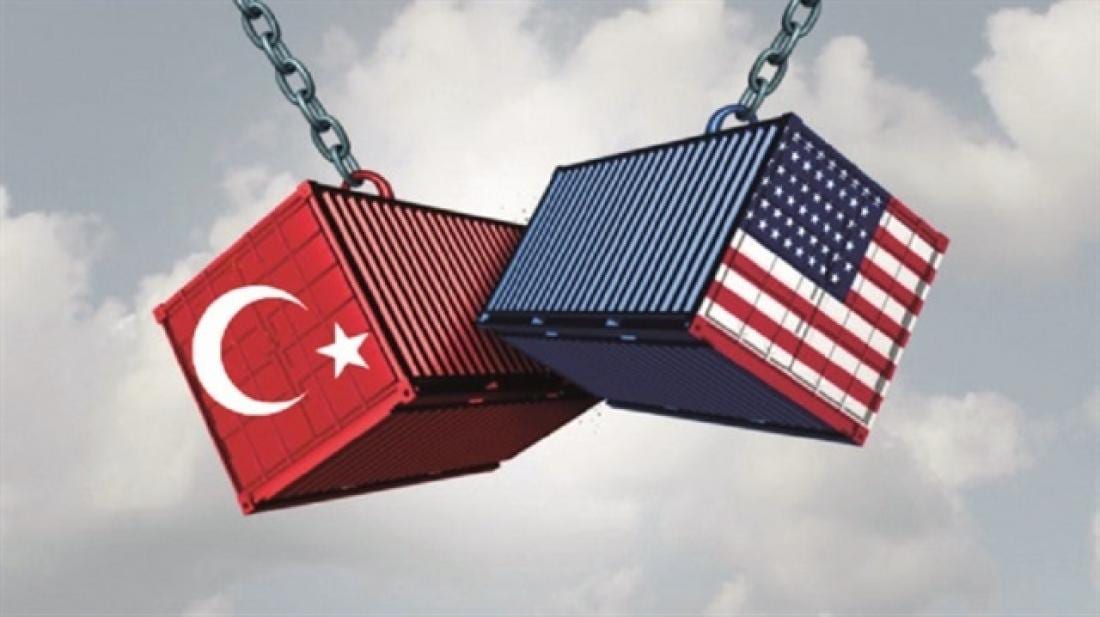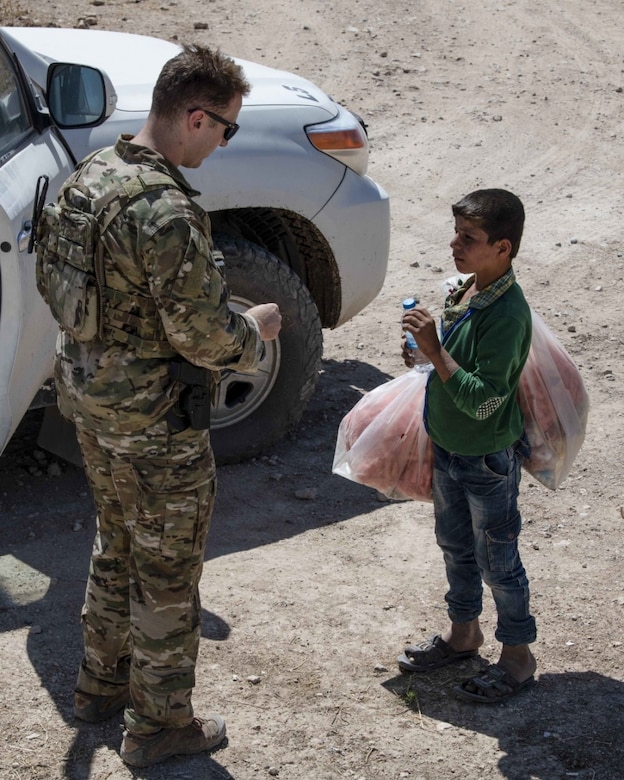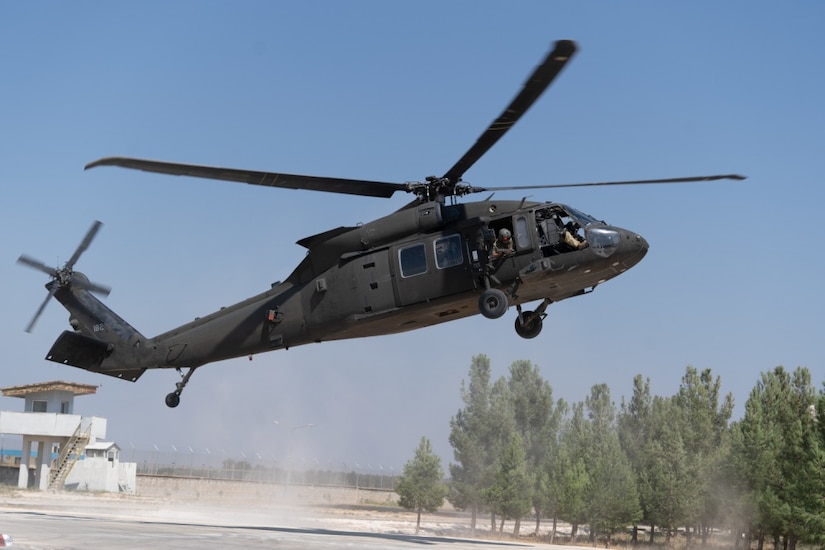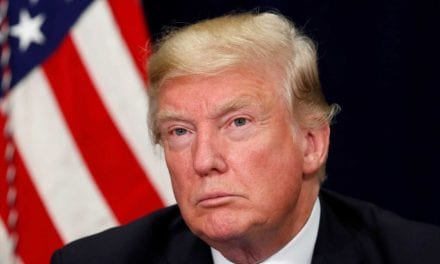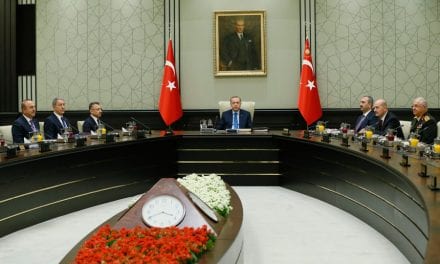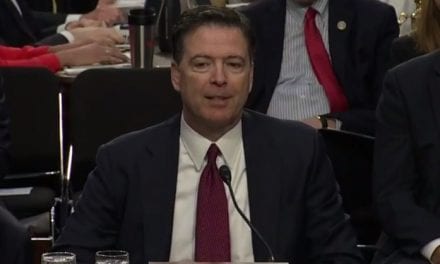Christopher P. Maier, director of the Defeat-ISIS task force, spoke to reporters this morning about the security mechanism. Published reports say U.S. and Turkish forces began joint patrols in northeastern Syria to ease tensions between Turkey and U.S.-backed Kurdish forces in defeating ISIS.
“Following the development of this framework, we’ve expeditiously continued to put in place key tenets of this agreement,” Maier said.
With activities occurring in Syria and Turkey, the security mechanism continues with a number of combined operations between the U.S. and Turkish militaries, he noted:
- The United States established a fully operational combined joint operations center in southern Turkey. The center is responsible for daily planning and coordination to implement the security mechanism.
- The major elements of the security mechanism now in place involve the removal of Kurdish militia fortifications, which is being done in conjunction with the Syrian Democratic Forces on the Syrian side of the border. This address the Turkish security concerns, Maier said, and demonstrates the SDF commitment to the implementation.
- U.S. and Turkish military are operating in a combined fashion with helicopter overflights and ground patrols.
The United States is executing these combined joint patrols within a few weeks of the start of this mechanism, which is viewed as a significant development in the implementation, training and preparation for future ground and aerial patrols into the security mechanism, Maier noted.
“[We’re] focused on the refugee issue as a longer-term element of the security mechanism,” he said. The U.S. position continues to be safe, voluntary and dignified -refugee returns, he said. “Obviously, this will be the U.N. and other [nongovernmental organizations] helping facilitate this as we work in conjunction with Turkey and our partners in Syria,” he added.
Maier said it’s important to know all the security mechanism elements help support the continued fight against ISIS. With major combat operations now completed in Syria and Iraq, the transition is underway to continue to build those capabilities in the local security force that can deal with continued clandestine threats from ISIS.
The United States and Turkey have focused initially on an area from Tell Abyad to Ras al-Ayn along the border, he said. “The depth is really something that continues to be specific to the actual activities we’re doing, … [so] when we’re doing aerial reconnaissance, it will go certain depths based on how the mission planning is.”
The United States has committed to help ensure the removal of the Kurdish militia elements and, as possible, ensure that doesn’t result in a security vacuum, Maier said. “Our assessment is that there are other security forces there that are local … that would be part of an enduring security force, understanding that that may ultimately result in needing more forces that we would work with Turkey and others to address,” he added.
“Our overwhelming focus remains the defeat of ISIS — the enduring defeat of ISIS and working by, with and through the SDF to achieve that,” Maier said.
Department of Defense

